Walking is an excellent way to level up & keep your health in place. In just 30 to 45 minutes daily, you may improve your cardio, make your muscles strong, lose weight, and increase your muscle power and endurance. The benefits of walking 45 minutes a day can also help you avoid illnesses including heart problems, diabetes, osteoporosis, and some malignancies. Walking, unlike many other types of exercise doesn’t cost you a penny and requires no specific equipment or instruction.
To improve your health, you don’t need to engage in intense exercise or do it for long periods of time. When compared to a non-exercising group, a 2007 research of inactive women found that even a small amount of
exercise – roughly 75 minutes per week – dramatically improved their fitness level.
What are the Health Advantages of Walking?
People of all age groups and fitness levels can enjoy so many health benefits that come from walking. The benefits of walking daily may also aid in the prevention of some ailments and perhaps help you live longer.
Continue reading our blog to know more about what benefits and health factors on a certain level that walking can add to your life.
Calorie loss
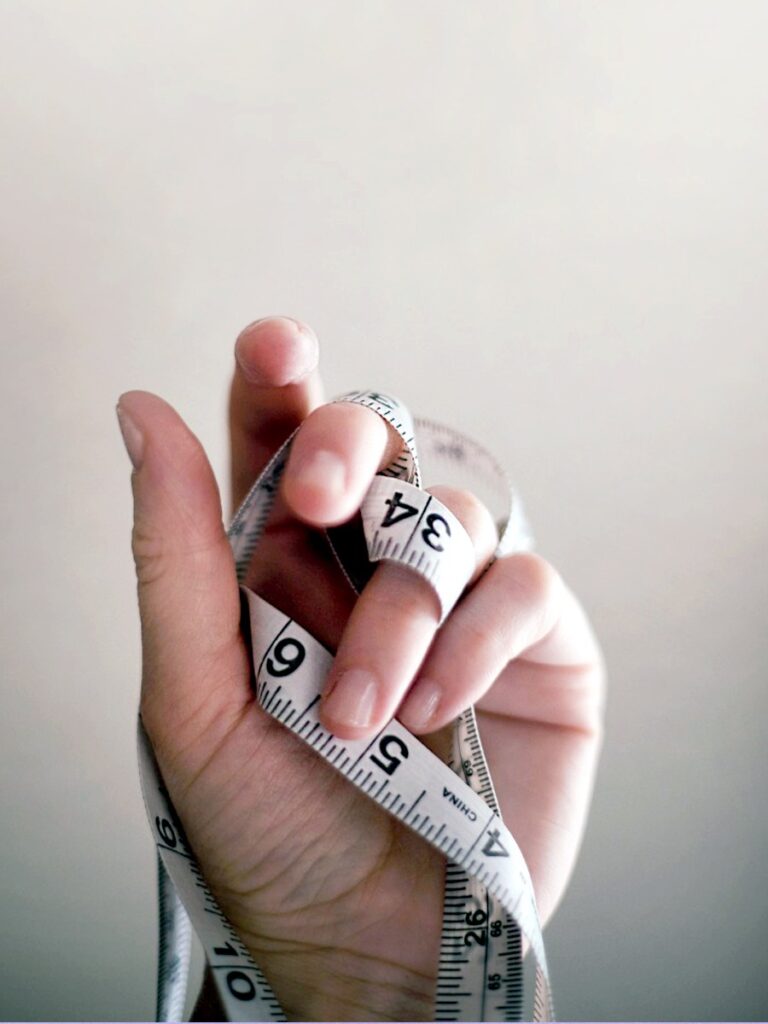
You can burn calories by walking. Calories burned can assist you in maintaining or losing weight. Walking for weight loss is a great initiative you should take for better health.
Several factors will influence the number of calories you burn, including :
The pace you’re walking at
Area covered
walking on an uphill or inclined road will burn more calories than walking on a flat piece of land
Your bodyweight
Improves the heart

Walking for at least 30 minutes five days a week will lower your risk of coronary heart disease by roughly 19 percent. If you increase the length or distance of your daily walks, your risk may be decreased even more
It can assist you in lowering your blood sugar levels
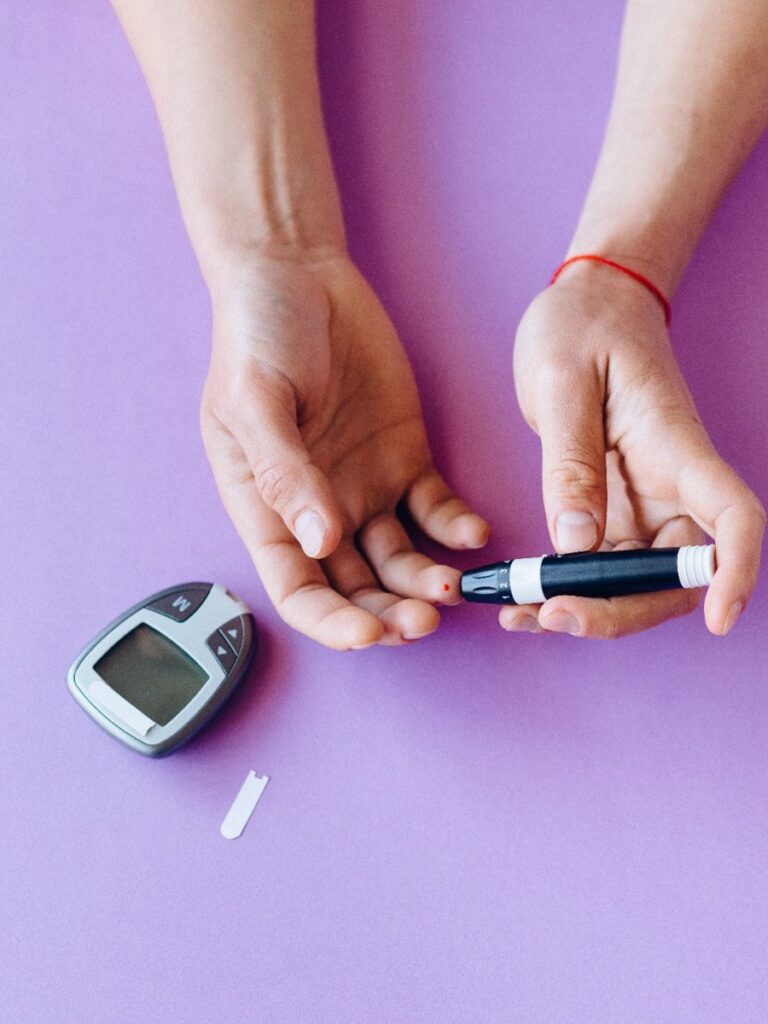
After you’ve eaten, go for a short stroll to assist reduce your blood sugar.
A tiny study indicated that walking for 15 minutes three times a day (after breakfast, lunch, and dinner) improved blood sugar levels more than walking for 45 minutes at another time.
However, more research is needed to back up these claims. Incorporate a post-meal walk into your everyday routine. It can also help you include physical activity into your regular routine.
Relieves joint discomfort
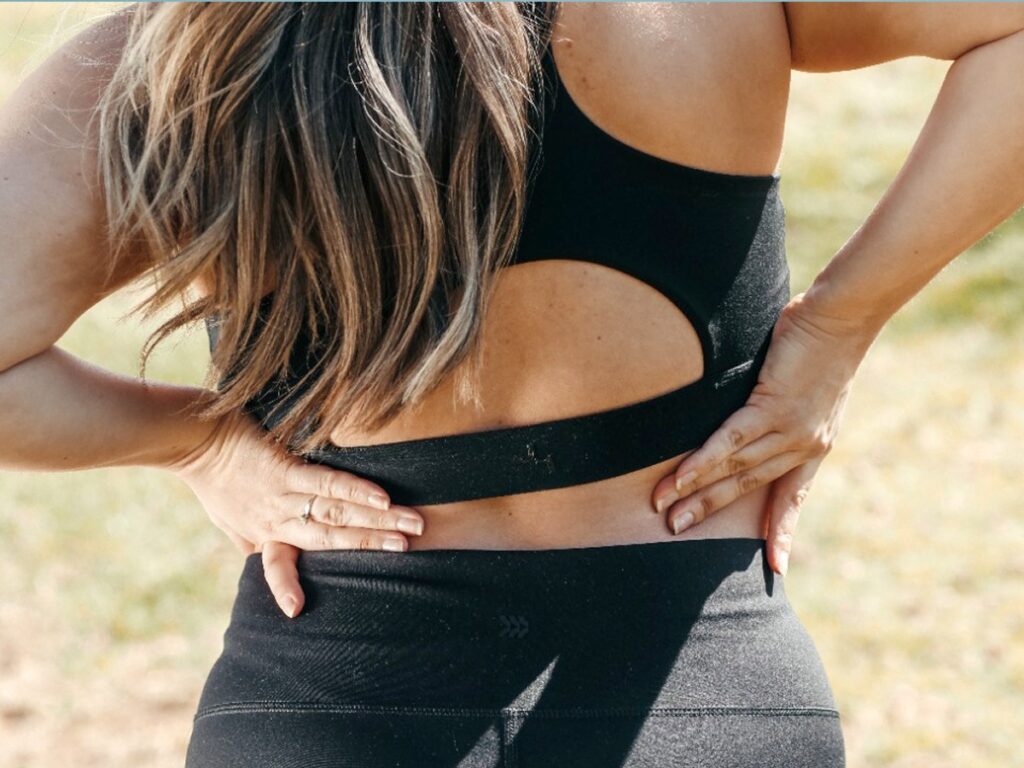
Walking can help shield your lower body, as well as your joints. It is useful because it helps in keeping it moist and supports the muscles that support the joints.
Walking can provide health benefits for those with arthritis, including pain relief. Furthermore, walking 5 to 6 kilometers every week may assist to avoid arthritis.
Strengthens the immune system

Walking can help you avoid getting sick with a cold or the flu.
During the flu season, one study followed 500 adults. Those who did a daily walk for 25 to 40 minutes each day at a moderate pace had 43% fewer sick days and had lower respiratory tract infections overall.
Even if they did become sick, their symptoms were also reduced. In the study, this was in comparison to inactive folks.
Start by going for an everyday stroll to gain these advantages. If you live in a cold environment, try walking on a treadmill or walking around your building premises.
Increase your energy level

The benefits of a morning walk are phenomenal. When you’re fatigued, going for a stroll instead of grabbing a cup of coffee may provide a more effective energy boost.
Through walking the flow of your breathing throughout the entire body enhances and becomes better. Stress hormones, oxytocin, and neuroendocrine levels can all be affected in a positive good way. These are the hormones in your body that help you feel more energized and also give you that extra glow.
Boost your mood

Walking is beneficial to your mental wellbeing. It has been shown in studies to aid with anxiousness, stress, and a bad mood. It can also help with conscience and social withdrawal symptoms.
Aim for 30 minutes of walking or other light exercises three times a week to reap these benefits. It’s also possible to divide it into three ten-minute walks.
Increase the length of your life

Walking at a nice quick pace may help you live a longer life. Researchers discovered that walking at a moderate pace lowered the chance of death by 20% when compared to walking slowly.
Walking at a quick or fast speed (at least 4 miles per hour) significantly lowered the risk. The study looked at the link between quicker walking and parameters like overall causes of death, cardiovascular disease, and cancer
death.
Exercise your legs
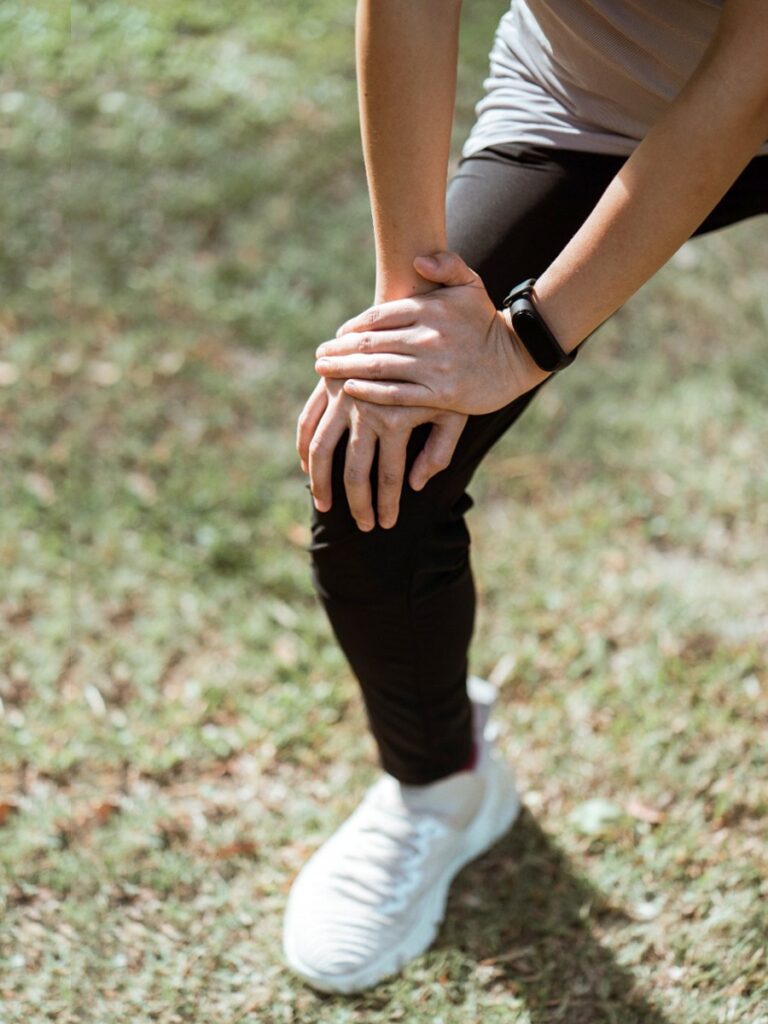
The muscles in your legs can be stronger and look more toned just by walking. To acquire more strength, walk in a mountainous area or on an elevated treadmill. Look for locations that also include stairwells as an alternative.
Alternate between walking and other cross-training exercises such as bicycling or running. To tone and build your leg muscles, you can use resistance workouts like squats or sumo squats, so many types of lunges like walking lunges, alternative lunges, and leg curls there’s a lot for u to experience and learn.
Thinking outside the box

Walking might help you clear your mind and think more imaginatively.
People seeking to come up with new ideas while walking or sitting were compared in a study that included four experiments. Participants performed better while walking, especially when walking outside, according to
the researchers.
Walking, the report found, allows for a free flow of ideas and is a simple approach to boost creativity while also getting some exercise.
When you’re engaged in a problem at work, try organizing a walking meeting with your coworkers.
Reduce Your Chances of Getting Alzheimer’s

Males between the ages of 70 and 94 who walked more than a quarter-mile each day had half the risk of dementia and Alzheimer’s disease than those who walked not as much, according to a study from the University of Virginia Health System in Charlottesville.
30 minutes of daily walking
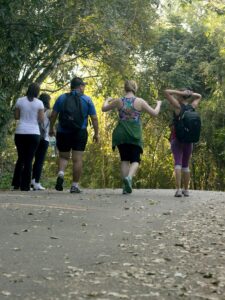
Start to move for at least 30 minutes at a brisk pace most days of the week to get the health benefits. You can indeed talk but not sing if you’re ‘brisk,’ and you could be puffing a little. Brisk walking benefits will surprise you. Moderate physical activity, such as walking, has no health risk; but, if you have a medical problem, consult your doctor before beginning any new exercise program.
Including physical activity in your daily routine
If 30 minutes of walking is too much for you, split it up into smaller portions (10 minutes) three times a day and gradually build up to longer sessions. If you want to reduce weight, though, you’ll need to accomplish more than 30 minutes of physical activity each day. Start with small bursts of activity during the day and progressively increase them as your overall fitness improves.
Aerobic exercise is the best way to help with losing weight and weight management when it is implemented into a regular living regimen.
Here are some ideas for you to add onto your everyday routine for walking:
- Instead of taking the lift, take the stairway.
- Take public transportation one stop sooner and walk to work or home.
- To get to the neighbourhood shops, take a walk rather than drive.
- Take your pet (or your friend’s pet) for a stroll.
- Take a morning walk, the importance of your morning walk has many benefits, as it gives you a fresh start towards your day.
Include walking in your daily regimen. Make walking a habit by walking at the same time every day, for example. Remember that no matter whichever hour of the day you walk, you use the same level of energy, so do what is most practical for you. You might find that inviting someone to join you on your stroll can help you stick to it. Some people find that keeping a daily activity diary or record helps.
After a walk, warm up and chill down.
Walking slowly is the greatest method to warm up. Begin each walk at a slow rate to allow your muscles to warm up, and gradually increase the tempo. Stretch your leg muscles, especially your calves and front and back thighs, afterward. Stretches should be held for 20 seconds at a time. If you experience any discomfort, stop stretching. If you bounce or jolt, you risk overstretching muscle tissue and causing microscopic rips, which can cause stiffness and pain in the muscles.
When doing physical activities, it’s best to dress comfortably. Overdressing might lead you to sweat more and raise your body temperature, making you uncomfortable throughout your stroll and possibly causing skin irritations. Muscle stiffness and damage can be avoided with a progressive cool-down.
Suitable footwear for walking
Walking is a cost-effective and efficient type of exercise. However, wearing the wrong shoe or walking in the wrong way might result in foot or shin pain, blisters, and soft tissue damage. Check that your shoes are comfortable and have adequate heel and arch support. Take small, gentle steps, making sure your heel lands first, then your toes. To assist absorb the impact, walk on grass rather than concrete whenever possible.
Making walking more enjoyable
There are a variety of ways to spice up your everyday walk, including:
Pick diverse routes so you don’t grow tired of seeing the same sights if you wish to stay close to home and confine your walking to neighborhood streets.
If you’re afraid of walking alone, go with one or more friends or family members.
At different periods of the day, go for a walk. The sights to see first thing in the morning will almost certainly differ from those seen later in the afternoon or early evening.
Drive to other reserves, park the car, and wander around taking in the sights.
Explore and notice your surroundings by gazing at the sky, listening to your surroundings and it all helps you to be more present.
Walking safety recommendation
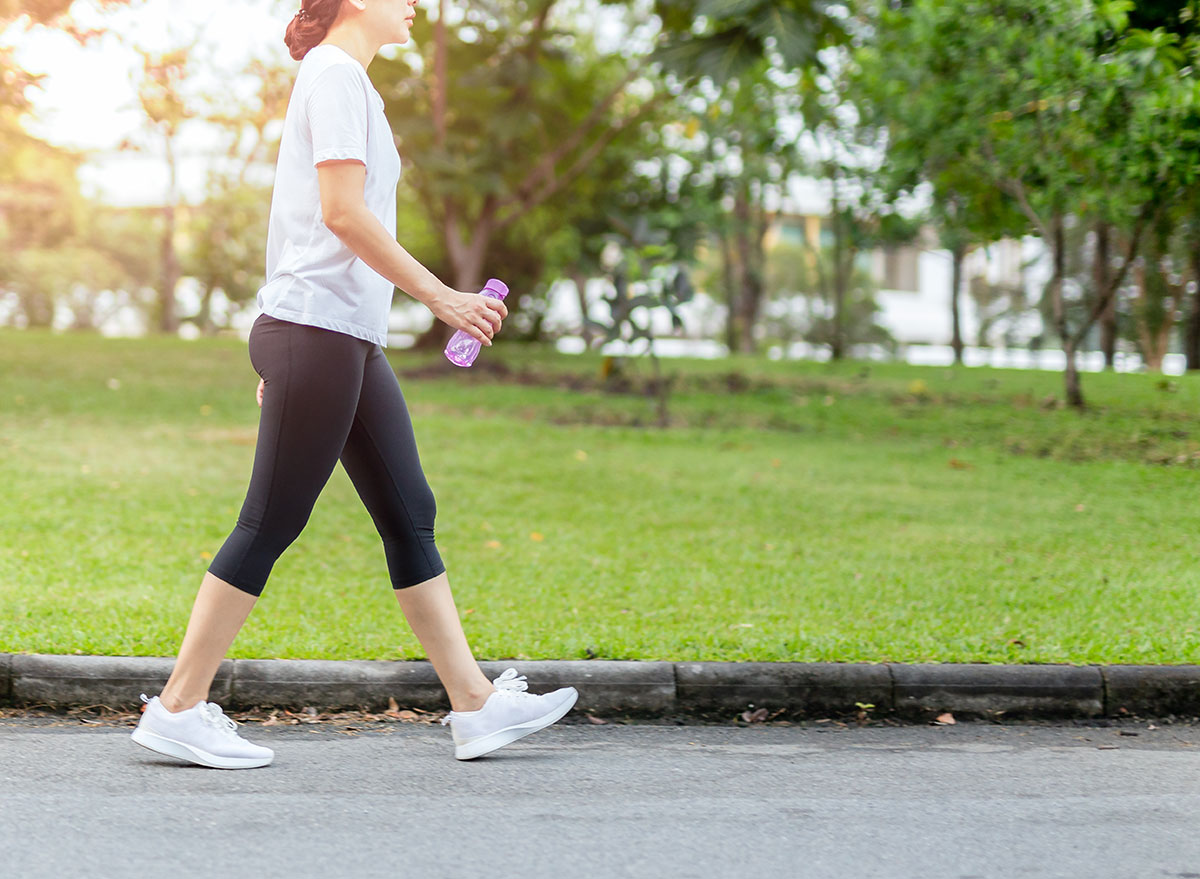
Walking is a fairly safe form of exercise, but be aware of potential hazards. Here are some ideas:
- Before beginning a new fitness programme, see your doctor for a medical check-up, especially if you are over 40 years old, overweight, or haven’t exercised in a long time.
- Make sure you go over the pre-workout self-screening tool.
- Pick walks that are suitable for your age and level of fitness. To ease into and out of your exercise activity, warm up and cool down with a calm, easy walk.
- Wear loose, comfortable clothing and suitable footwear to avoid blistering and shin pains.
- To avoid getting burned by the sun, wear shades, sunblock, full sleeves, and a nice big hat to protect yourself from harmfu UV rays.
- Bring waterproof clothing if it rains to avoid getting drenched.
- Carry a walking stick or an umbrella to defend yourself from aggressive dogs.
- Before going hiking and camping, check the local forecast and take the required necessary precautions (for example, bring appropriate clothing).
- Be wary of possible hazards in mountainous or seaside regions, such as steep cliffs or high tides.
- Before and after your walk, drink lots of water. Take water with you if you’re going for a long stroll.
Now go and treat yourself to a nice long walk and share this blog with your loved ones to help them motivate for a healthy lifestyle.

Dear Readers,
Vogue Wellness just kicked off as a health and wellness blog, striving to provide up-to-date and unbiased information and advice on Healthcare around the world that are of interest to its readers, and have wider political and economic implications. Your encouragement and constant feedback on how to improve our offerings will make our commitment to these efforts stronger. Even during these difficult times arising out of COVID-19, we continue to remain committed to you, keeping you informed and updated with Health and Wellness news around the world. We request you to stay at home and follow precautionary measures and government guidelines to save your life, and also those around you during these testing times.
We, however, have a request.
As we battle the economic impact of the pandemic, we need your support even more, so that we can continue to offer you more quality content. Our free subscription model has received an encouraging response from the readers, who have subscribed to our online blog. We expect more subscriptions to our online blog to achieve the set goals so that we can offer you better and more relevant content. We believe in fair and credible Content creation and publish wisely. Your full support can help us take forward this blog experience with a guarantee of unbiased views/original contents/up-to-date information to which we are committed.
Subscribe to Vogue Wellness-Where health thrives…If you like the content please do share.
Disclaimer: As a service to our readers, the Vogue Wellness portal provides access to our library of archived content. Please note the date of the last review or update on all articles. No content on this site, regardless of date, should ever be used as a substitute for direct medical advice from your doctor or other qualified clinicians.


